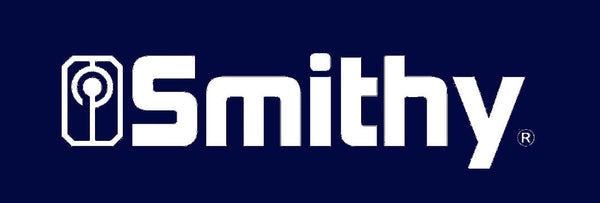|
LAYING OUT WORK Laying out work for drilling consists of locating and marking the exact centers of the holes to be drilled. The accuracy of the finished workpiece depends, in most part, on the accuracy of the layout. If the work does not require extreme accuracy, then laying out may be a simple |
operation, such as scribing two intersecting lines and center punching for drilling (Figure 6-27). For a precise layout, to within a few thousandths of an inch, precision layout procedures must be followed. Precision tools, such as a surface plate, surface gage, calipers, and sharp scribes must be used. The workpiece should be cleaned and deburred applying layout dyet dye. |
|
LAYING OUT HOLE CENTERS The position of the center of the hole to be drilled is marked by scribing two or more lines which intersect at the hole center. This intersecting point is then marked lightly with a prick punch and hammer. Check to see that the punch mark is exactly at the center of the intersection; use a magnifying glass if necessary. Use a pair of dividers, set to the radius of the hole to be drilled, to scribe a circle on the workpiece. The prick punch is then used to mark small indentations, known as "witness marks," on the circumference (Figure 6-27). This completes marking the circle. If a check is needed, have another circle scribed outside of the original circle, which can be checked for alignment after drilling (Figure 6-27). Center-Punching the Layout When all scribing is finished, enlarge the prick punch mark with a center punch to aid the center drilling process. Enlarging the mark with a center punch allows the center drill point to enter the workpiece easier and cut smoother. Layout of Multiple Holes When more than one hole must be drilled, lay out the holes along a common reference line, then put in the intersecting lines and scribe the circles. Throughout the layout process, avoid making the layout lines too heavy. Use lines as thin as possible, and avoid any scratches or other marks on the surface to be drilled. |
MOUNTING WORKPIECES Before attempting to use a drilling machine, some provision must be made for holding the workpiece rigidly and securely in place. The workpiece should always be firmly fastened to the table or base to produce holes that are located accurately. Use work holding devices to hold the workpiece (Figures 4-24 and 4-25). The two best methods to mount workplaces are explained below. Vise Mounting Most hand-feed drilling machines have no means of clamping or bolting workplaces to the table or base. The workpiece must be secured tightly in a machine table vise and swung around so that the tail of the vise contacts the column of the drill press. The hole must be centered by hand so that the center drill point is directly over the center punched mark. Other larger drilling machines have slotted tables and bases so that the work and work holding devices can be bolted or clamped firmly. All work should be securely clamped or set against a stop for all drilling to avoid letting the drill grab and damage the workpiece or injure the machine operator. Table or Base Mounting When a workpiece is table or base mounted (Figure 6-28), the strap clamps must be as parallel to the table or base as possible. All bolts and strap clamps should be as short as possible for rigidity and to provide for drilling clearance (Figure 6-29) |


Figure 6-27. Use of “witnesses marks”
|
Figure 6-28. Mounting the work. |
Parallel bars should be set close together to keep from bending the work. Washers and nuts should be in excellent condition. The slots and ways of the table, base, or vise must be free of all dirt and chips. All work holding devices should be free of burrs and wiped clean of oil and grease. Work holding devices should be the right size for the job. Devices that are too big or too small for the job are dangerous and must be avoided. |
 |
Figure 6-29. Correct and Incorrect clamp aplications.
- Featured
- Best selling
- Alphabetically, A-Z
- Alphabetically, Z-A
- Price, low to high
- Price, high to low
- Date, old to new
- Date, new to old
No products found

